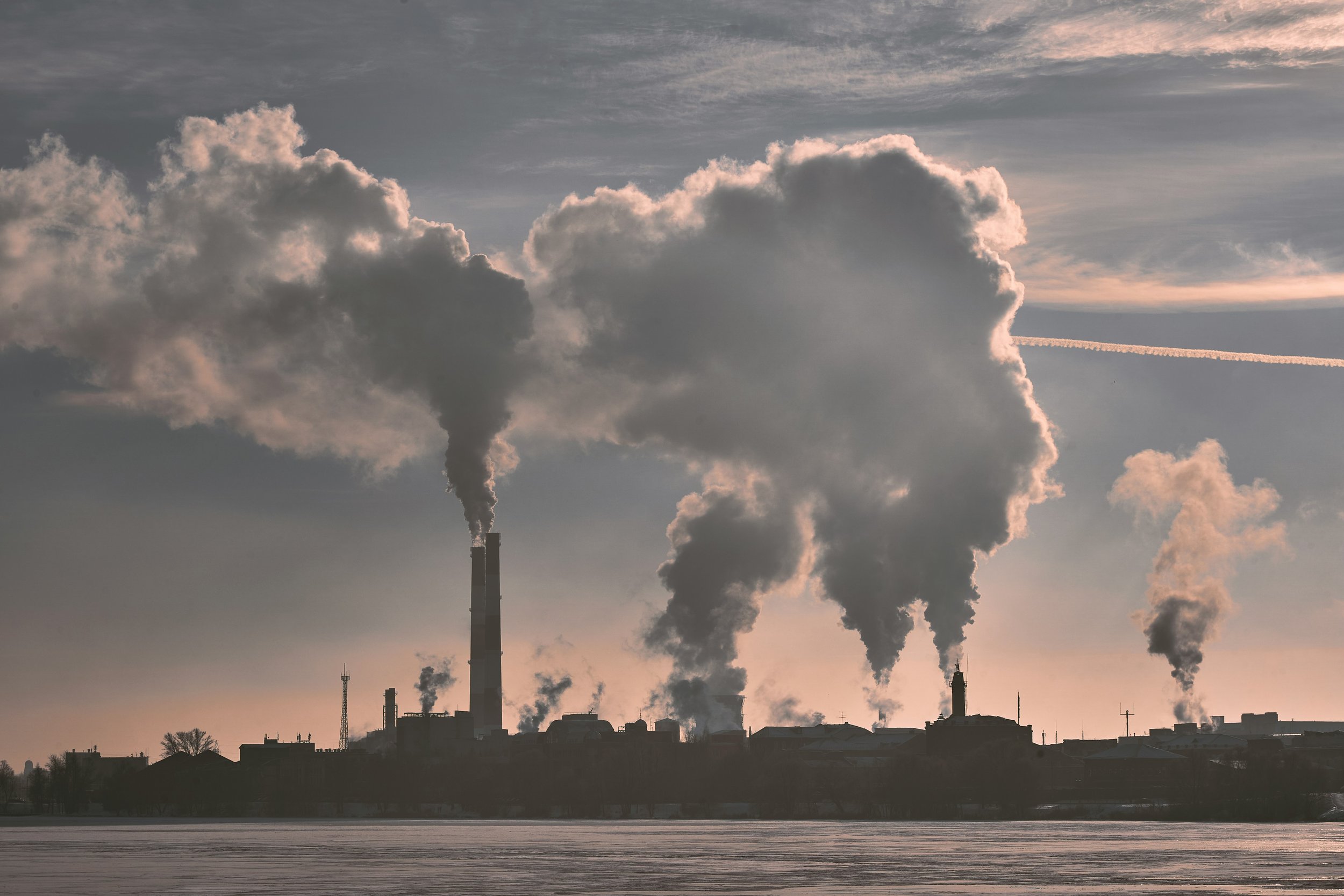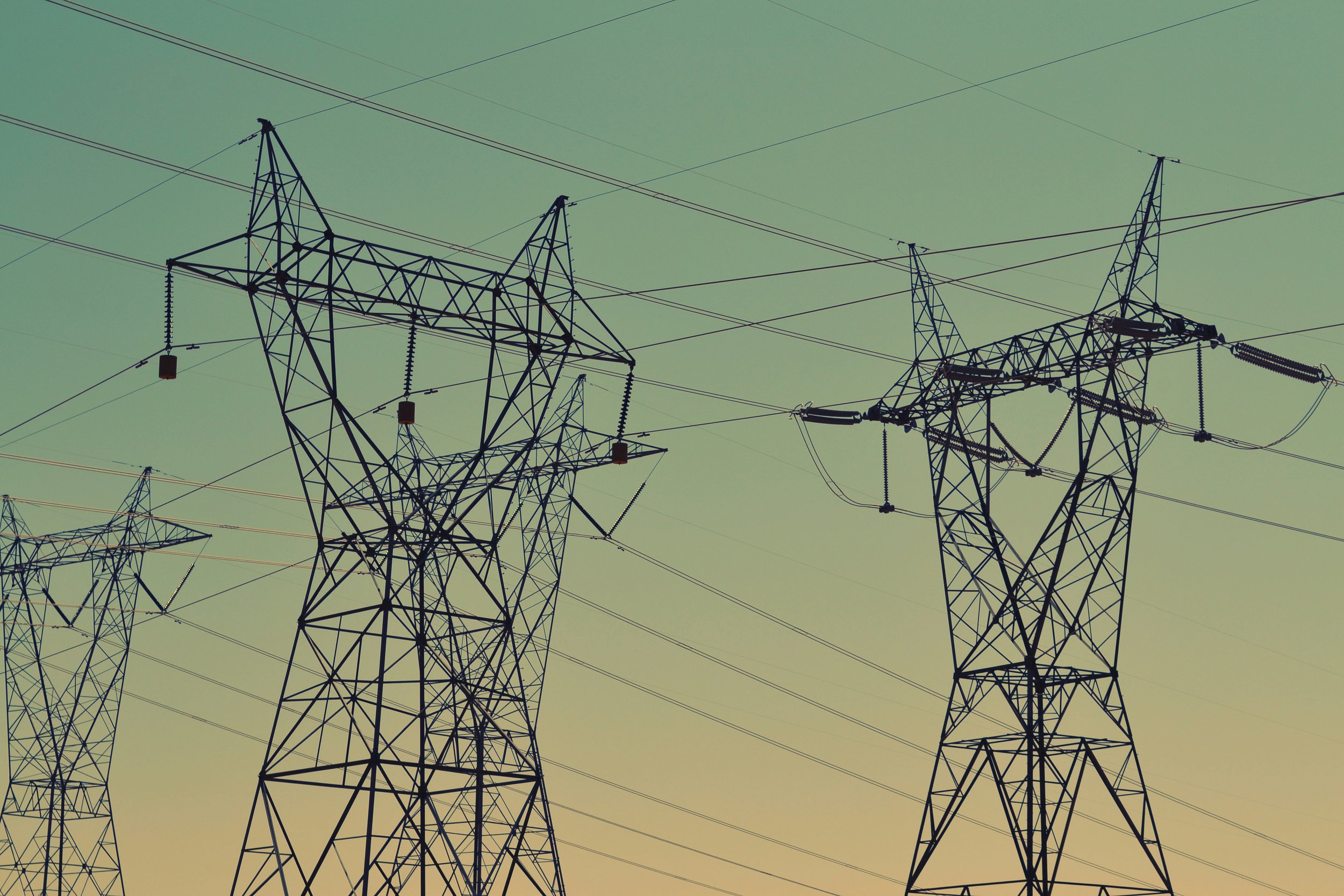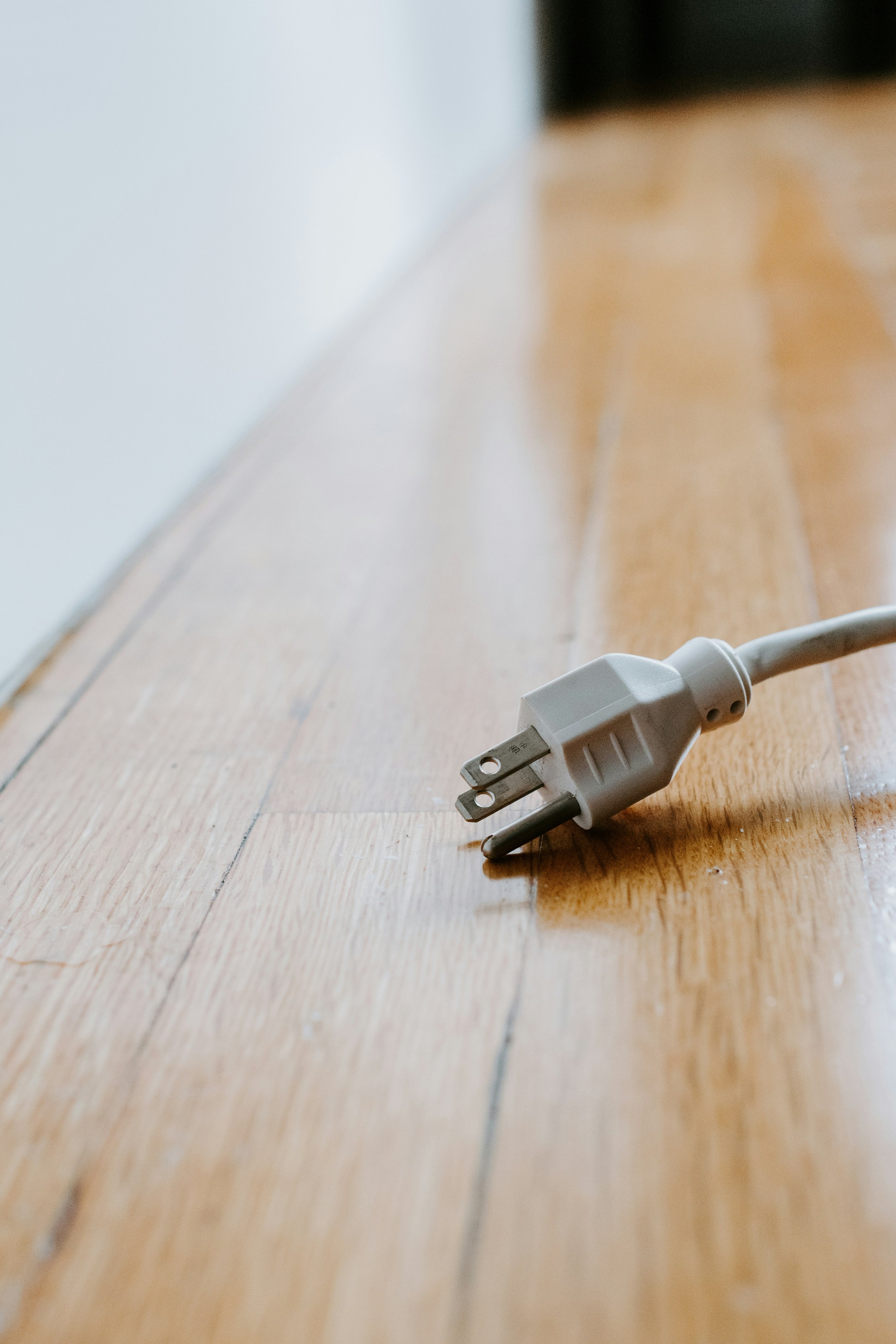CLimate POLICY Solutions
Updated September 2024
Multiple strategies are needed to combat climate change and it can be difficult to know where to focus our efforts. To make the most impact, Citizens’ Climate Lobby (CCL) has identified 4 policy areas:
Carbon Price
Permitting Reform
Electrification
Healthy Forests
As you can see from the graph below, carbon pricing and permitting reform have the most impact. However all policy areas could work together to cut U.S. climate pollution 60% by 2030, surpassing our Paris commitment of 50% by 2030.
GHG Emissions Projects Modeled Based on Policy Implementation
Modeled by CCL Research Staff with the Energy Policy Simulator

1. Carbon Pricing
Leading scientists and economists support a carbon price because it works fast to reduce carbon pollution.
This fee is applied wherever fossil fuels enter the economy. Then the price flows through the economy, incentivizing businesses and people to switch to clean energy. CCL supports an economy-wide carbon price where the money is given to people, typically referred to as a carbon fee and dividend.
In June 2023, CCL volunteers had 685 meetings with congressional offices, which focused on the need for a national carbon fee and dividend policy. This led to the introduction of the The Energy Innovation Act in the House the following September.
In August 2024, researchers published a study evaluating 1,500 climate policies for their effectiveness. Carbon pricing was the only type of policy that achieved significant climate pollution cuts on its own, and when paired with other policies. “The key ingredient if you want to reduce emissions is that you have pricing in the policy mix,” according to one of the study’s authors in an AP article.
In 2025, CCL will continue to lobby for carbon pricing where bipartisan support can be found, including carbon border tariffs.

2. PERMITTING REFORM
To reduce climate pollution, we need people and businesses to switch from dirty fossil fuels to electricity powered by clean energy. The best way to encourage this switch and ⚡ electrify everything ⚡ is to make clean energy abundant and cheap.
We already have the needed clean energy technology, however we don’t have a lot of time. Currently permitting for new clean energy projects can take 5 years to complete. We need to build new projects (like wind and solar) and connect transmission lines much faster to avoid the worst impacts of climate change.
In June 2024, CCL participated in 442 lobby meetings, including 3 members from San Francisco, where clean energy permitting reform legislation was our primary ask. The next month the Energy Permitting Reform Act of 2024 (EPRA) was introduced.
In December 2024, over 1,300 CCL volunteers held lobby meetings with Members of Congress to ask for their support passing EPRA in an end-of-year spending bill. Unfortunately, negotiations couldn’t be reached on a spending bill, but CCL helped secure broad bipartisan agreement on the need for energy permitting reform.
Expanding transmission more rapidly enables growth of wind and solar power and substantially reduces U.S. natural gas consumption.
Permitting Reform may seem straight-forward, but its opposed by many conservation groups who don’t want to build clean energy projects on the land and worry decreased permitting oversight could lead to more negative environmental impacts.
However, of the new energy projects currently awaiting permits, 95% are for clean energy, so permitting reform policies are usually a win for the climate. The details of a bill are very important and CCL relies on expert modeling to ensure legislation will result in significant emissions reductions.
CCL has built support for permitting reform with both Democrats and Republicans. As a bipartisan organization, they will are positioned to make progress in this area in the next Congress.

3. BUILDING ELectrification
Buildings currently represent over 30% of US emissions. The best way to reduce these emissions is to switch to clean energy. By upgrading American homes and buildings to electric, we will save money and eliminate a significant source of carbon pollution. The bonuses are clear: improved air quality and money saved on household bills.
CCL advocated for the passage of the Inflation Reduction Act (IRA), which provides funding for clean energy projects. The IRA includes $10 billion in consumer home energy rebates & tax incentives for heat pump water and space heaters, clothes dryers, electric stoves, insulation, windows, and wiring.
We educate the public about opportunities for home-owners and renters to electrify and and elected officials on policies that can accelerate building electrification with attention to supporting low- and middle-income households.

4. Healthy Forests
To solve climate change, we must sustainably manage our farmland and protect our forests, which pull carbon out of the air. American forests already offset 12% of U.S. annual carbon pollution, and that number could nearly be doubled.
The Farm Bill is a legislative package that sets national agriculture, nutrition, conservation, and forestry policy and is updated every 5 years.
Farm Bill negotiations will continue in 2025 and CCL is advocating to ensure $20 billion in aid for climate-smart practices that help farmers and forest-owners store more carbon pollution in trees. This funding is at risk of being reallocated so our support is critical.



